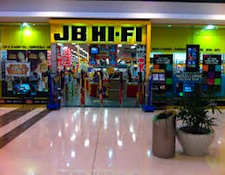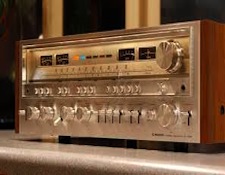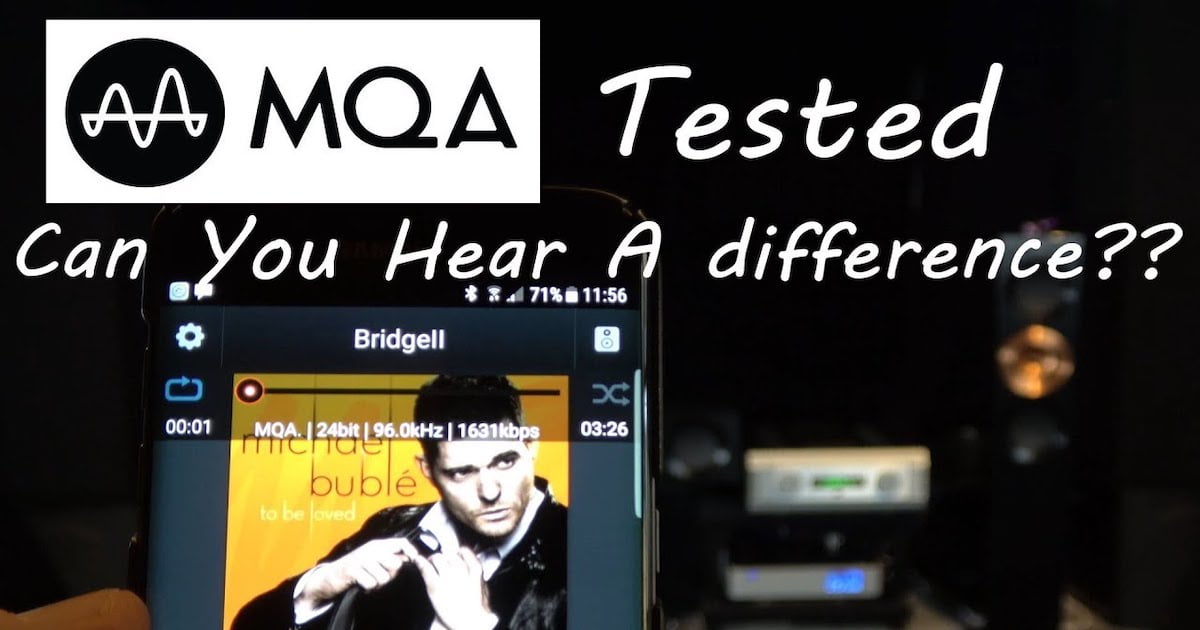It’s the time of year for saving money!
There’s an old saying that the way to boil a frog is to put it into a pot of cold water, put the pot on the stove, and light the burner: As the water begins to heat up, the story goes, the frog will first enjoy the pleasing warmth; and then, as the warming increases, he will relax, and possibly even fall asleep, as any of us might do in a nice hot bath. As the heating process continues beyond that point, the frog apparently gets used to, and stays in, water at temperatures that might – if he were exposed to them without prior buildup – otherwise cause him to immediately leap out and flee for his life. No such thing happens, however, and finally, we are told that the frog, still in the water, is so debilitated by the increasing heat that he lacks the strength (and perhaps even the will) to save himself, and passes on to whatever better world might await him.
 Personally, I have never had the desire to own or to do whatever one does with a boiled frog, so I can give neither any personal verification nor any endorsement to this frog-boiling technique. For those so inclined, however, I DO think that this might be the perfect opportunity to do some of that double-blind testing a number of our readers so eagerly tout. They might even find the frog legs helpful in their leap (Gaaah!) to conclusions.
Personally, I have never had the desire to own or to do whatever one does with a boiled frog, so I can give neither any personal verification nor any endorsement to this frog-boiling technique. For those so inclined, however, I DO think that this might be the perfect opportunity to do some of that double-blind testing a number of our readers so eagerly tout. They might even find the frog legs helpful in their leap (Gaaah!) to conclusions.
No, please, let me assure you that, even though beginning this article as I did allowed me to slip in that last horrible pun, the pun was not my sole purpose in bringing up the frog-boiling thing: In fact, I think that “How to Boil a Frog” is a perfect illustration – although in reverse – for what we and our hobby are being exposed to all the time.
 The first really great leap (see, there it is again) in the popularity of HiFi and stereo followed the introduction of the stereo LP record and the very quickly developing near-ubiquity of stereophonic sound in the movies. Whether those events were coincidental, or one keyed the other (and if so, which one did what), I really have no idea. The fact, though, is that once the public indicated its interest in better – or at least showier sound — the entertainment industry and major consumer products manufacturers saw their opportunity to capitalize on it and, for at least a while, stereo sound enjoyed the same popular success that had made “3D” a “buzz-word” just a few years earlier.
The first really great leap (see, there it is again) in the popularity of HiFi and stereo followed the introduction of the stereo LP record and the very quickly developing near-ubiquity of stereophonic sound in the movies. Whether those events were coincidental, or one keyed the other (and if so, which one did what), I really have no idea. The fact, though, is that once the public indicated its interest in better – or at least showier sound — the entertainment industry and major consumer products manufacturers saw their opportunity to capitalize on it and, for at least a while, stereo sound enjoyed the same popular success that had made “3D” a “buzz-word” just a few years earlier.
And just as “3D Dry-cleaners”, “3D drive-in restaurants”, “3D donut shops”, and any number of other “3D-themed” businesses popped-up to take advantage of the popularity of 3D movies (Bwana Devil, for example, and House of Wax — the first 3D movie with full stereophonic sound) and, in so doing blurred and cheapened the public’s idea of what “3D” was all about, so, also, did the popularization of HiFi and stereo change what was presented to the public to take advantage of their interest.
 The first big commercial development following HiFi’s initial bloom was the appearance-over-time of what we now know as “mid-fi”.
The first big commercial development following HiFi’s initial bloom was the appearance-over-time of what we now know as “mid-fi”.
In the very beginning, HiFi was not even an industry, but a largely do-it-yourself movement of technically-oriented enthusiasts producing better sound for their own enjoyment. How long that early phase may have lasted is uncertain, but some believe it to have been twenty years or even more. By the end of the ’50s, though, most of the great “classic” HiFi brands (Fisher, H.H. Scott, McIntosh, Harman-Kardon, Bozak, Altec, JBL (originally James B. Lansing Sound, Inc.), Marantz, and, in England, Quad, Tannoy, Wharfedale, etc.) had been established and had developed a solid enthusiast following. With HiFi’s (and later, Stereo’s) growing interest and popularity, other brands started coming-in from Asia – usually, interestingly enough, of solid high-performance gear like Luxman, Denon, Yamaha, and others.
Those were attracted to the U.S. by its nicely-established little market for high performance audio gear and their success here served to attract others who sought to expand that market and to compete in it more with price or features than with quality.
 Thus the birth of “Mid-Fi” – products claiming to be HiFi, only at more affordable prices (and with more knobs and dials), but that were, in fact, little more than just jumped-up (another pun?) appliances, going after a market of innocents aspiring to HiFi stereo sound but having neither the money to buy what they wanted nor the perception and experience to recognize that they were getting something less than that.
Thus the birth of “Mid-Fi” – products claiming to be HiFi, only at more affordable prices (and with more knobs and dials), but that were, in fact, little more than just jumped-up (another pun?) appliances, going after a market of innocents aspiring to HiFi stereo sound but having neither the money to buy what they wanted nor the perception and experience to recognize that they were getting something less than that.
]]>Mid-fi continued, prospered, and, as competitive pressure increased over the years, actually became the source for most of the basic research and innovation in home entertainment – all of it, though, aimed and priced for the mass market
 In what was probably the late 1980s, a now-well-known action-films star announced in a Playboy magazine interview, that he was an “audiophile”, and declared that he had just spent the, then-princely, sum of twenty-eight thousand dollars to have his whole house “wired for sound”, including even a magnificent system in his backyard for outdoor listening. A listing of what his whole installation included revealed that what he had bought was something other than “audiophile quality” and that a goodly portion of what he had spent must have gone for something other than just the equipment and speakers.
Also In the 1980s, recognizing that an interest in sound quality had extended from just the home market to include car stereo, General Motors came out with – first on its Cadillac “flagship” products — the GM-Delco-Bose car audio system, which it touted as being the first audio system ever designed to give near-perfect performance in the passenger compartment of a car. A regular Cadillac buyer, when I bought my next car, I ordered the “special” sound system. Guess what? It was a pretty good car radio, but not even remotely comparable to a good home HiFi system.
In what was probably the late 1980s, a now-well-known action-films star announced in a Playboy magazine interview, that he was an “audiophile”, and declared that he had just spent the, then-princely, sum of twenty-eight thousand dollars to have his whole house “wired for sound”, including even a magnificent system in his backyard for outdoor listening. A listing of what his whole installation included revealed that what he had bought was something other than “audiophile quality” and that a goodly portion of what he had spent must have gone for something other than just the equipment and speakers.
Also In the 1980s, recognizing that an interest in sound quality had extended from just the home market to include car stereo, General Motors came out with – first on its Cadillac “flagship” products — the GM-Delco-Bose car audio system, which it touted as being the first audio system ever designed to give near-perfect performance in the passenger compartment of a car. A regular Cadillac buyer, when I bought my next car, I ordered the “special” sound system. Guess what? It was a pretty good car radio, but not even remotely comparable to a good home HiFi system.
 There have been, in the years since then, any number of things – the ipod and the MP3, just to name two examples – that the marketers have come up with and that have been claimed to be “HiFi” but are, in fact, not. Instead, they’re always something cheaper, or easier, or more compact, or more convenient, or claimed to offer some kind of other advantage, but when the nitty gets gritty, they simply DON’T deliver what used to be and – at the High End – still is “HiFi” sound.
And that’s a real problem. What each of the long line of “just-as-good-as” products or redefinitions of HiFi has done is to cause the public that we “real” audiophiles would like to invite to share our hobby with us to become, in effect, “inoculated” against it: Each time they hear something that they are told is HiFi and that DOESN’T excite them (the HiFi stereo sound on almost any big screen TV set, for example, and even on most of the “soundbars” that are sold to make them listenable), the less interested and the more “been there; done that” they become, and the less likely it is that t
hey will ever be open to giving the genuine HiFi experience a try.
There have been, in the years since then, any number of things – the ipod and the MP3, just to name two examples – that the marketers have come up with and that have been claimed to be “HiFi” but are, in fact, not. Instead, they’re always something cheaper, or easier, or more compact, or more convenient, or claimed to offer some kind of other advantage, but when the nitty gets gritty, they simply DON’T deliver what used to be and – at the High End – still is “HiFi” sound.
And that’s a real problem. What each of the long line of “just-as-good-as” products or redefinitions of HiFi has done is to cause the public that we “real” audiophiles would like to invite to share our hobby with us to become, in effect, “inoculated” against it: Each time they hear something that they are told is HiFi and that DOESN’T excite them (the HiFi stereo sound on almost any big screen TV set, for example, and even on most of the “soundbars” that are sold to make them listenable), the less interested and the more “been there; done that” they become, and the less likely it is that t
hey will ever be open to giving the genuine HiFi experience a try.
 It’s as if the big manufacturers and marketers had, in their hope of ever greater sales, taken all of the original excitement of high performance audio — the “heat” that had “boiled our frogs”, as it were, and made all us old-time audiophiles into HiFi Crazies — and, by pouring more and more of the “cold water” of convenience and mediocrity on it (all, of course, for some focus group approved good reason) had, instead of progressively increasing the temperature, progressively lowered it, so that no frogs would ever get boiled at all.
Raw frog, anyone?
It’s as if the big manufacturers and marketers had, in their hope of ever greater sales, taken all of the original excitement of high performance audio — the “heat” that had “boiled our frogs”, as it were, and made all us old-time audiophiles into HiFi Crazies — and, by pouring more and more of the “cold water” of convenience and mediocrity on it (all, of course, for some focus group approved good reason) had, instead of progressively increasing the temperature, progressively lowered it, so that no frogs would ever get boiled at all.
Raw frog, anyone?





